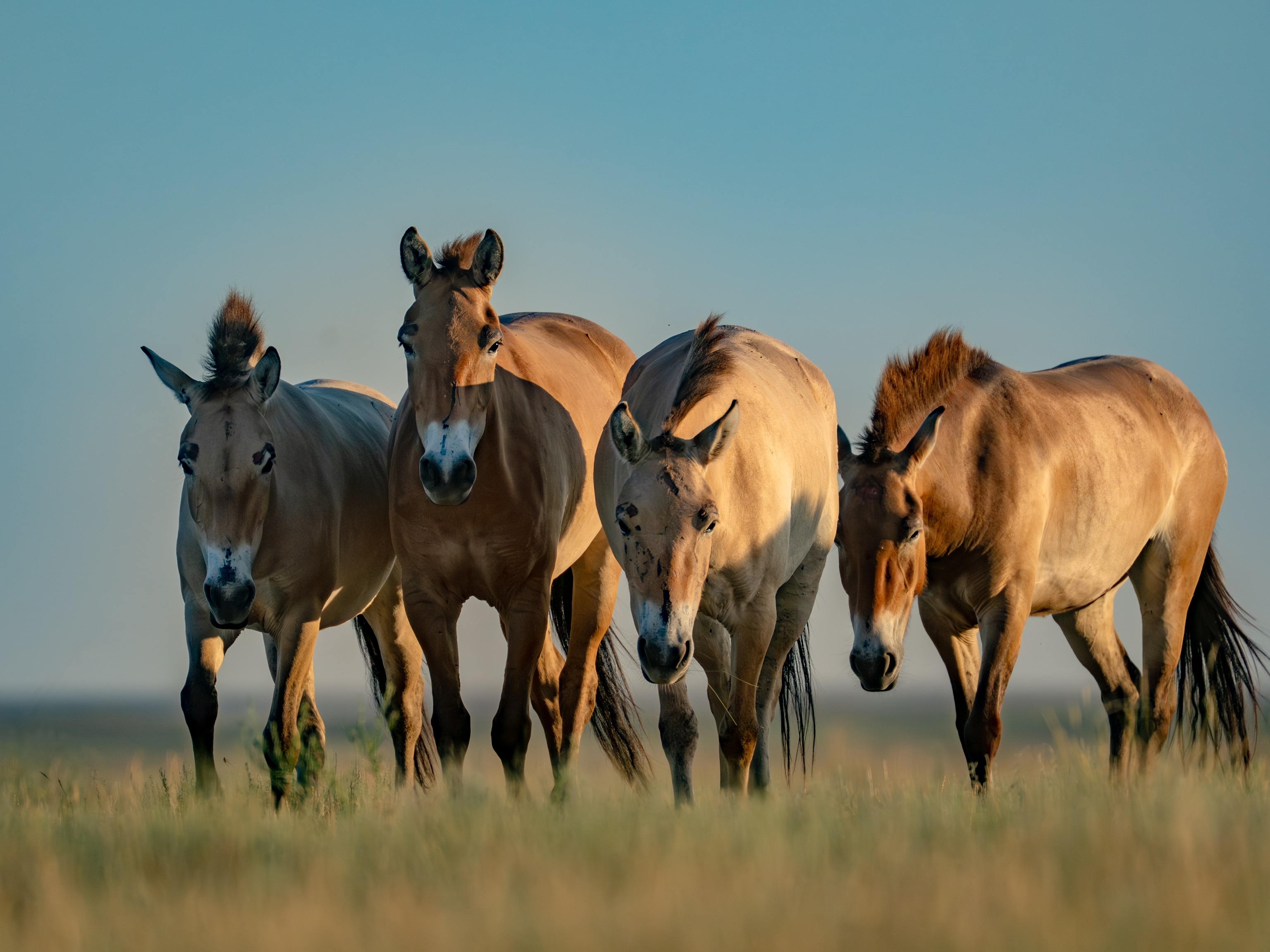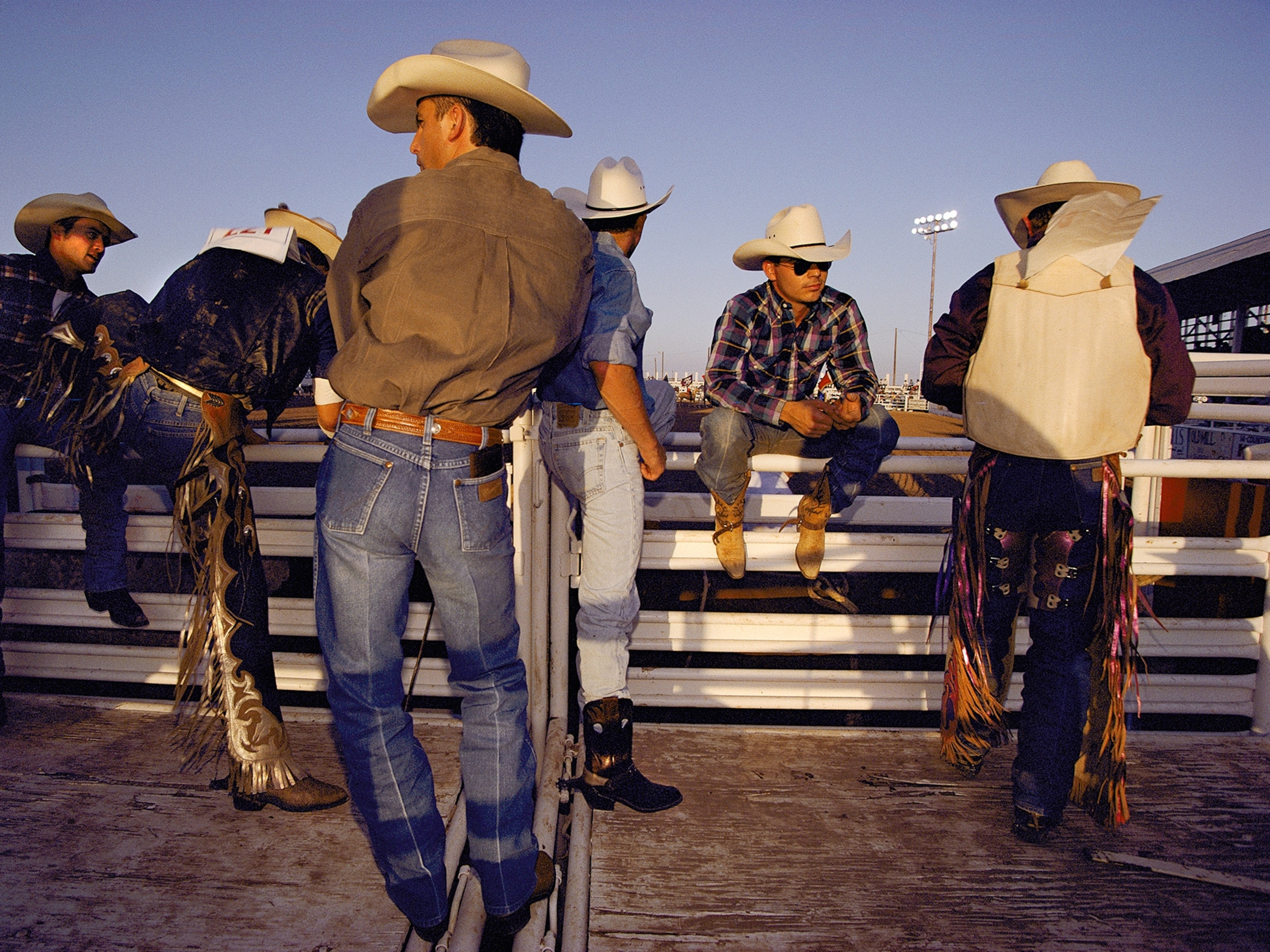You Can't Kill Bigfoot in Washington and More Odd Animal Laws
The United States has some pretty peculiar regulations when it comes to wildlife—real or imagined.
Wild animals are pretty good at defending themselves, but humans try to provide them with legal protections, too.
The California-based Animal Legal Defense Fund works to prevent animal abuse and strengthen anti-cruelty laws, but they also have a lighter side, regularly releasing their Top Ten Weirdest Animal Laws on the Books.
The U.S. laws show all the many ways we relate to animals, as pets, property, food, co-workers, friends, and more, says David Rosengard, the fund's staff attorney.
For instance, in Juneau, Alaska, you can't take a dog with you into a beauty salon or barbershop; if you're going hunting in West Virginia, don't be tempted to take along your ferret for help.
Some of these laws are indeed kooky, but others have got horse sense.
Hold Your Horses in Ohio
According to an Ohio law, “no horse owner is allowed to let their stallion mate with a mare anywhere near a public street or alley.”
This might put the squeamish at ease, but it also puts the burden of control on the stallion owner—when in reality, the female initiates copulation, says Sue McDonnell, founding head of the Equine Behavior Center at the University of Pennsylvania School of Veterinary Medicine.
Mares will go nose-to-nose with a stallion, scenting out his pheromones, then tuck up one foreleg and turn her head back, “the universal quadruped signal for, 'I’m not going anywhere, I’m not going to kick you.'" It's also the stallion’s romantic green light. (Read how horses are conscious.)
By the way, if a stallion tries to mount the mare with a rider on it, things could get quite dangerous, she adds—one reason most police horses are geldings, or neutered males.
Bat on a Hot Tin Texan Roof
In Texas it’s illegal to hunt or kill bats—unless they’re inside or on top of buildings.
That's because people have health and safety concerns about bats, and historically human property interests outstrip animal rights, notes Rosengard.
In general, though, bats don't harm humans—very few bats test positive for rabies. Not to mention they’re free pest control—each bat can eat a few thousand bugs a night. (Related: "Six Bat Myths Busted: Are they Really Blind?")
No Frog Legs For You in California
In California, home to Mark Twain’s famous jumping frog, competitive frogs who die or are killed may “not be eaten or used for any other purpose,” according to state law.
Greg Pauly, curator of herpetology at the Natural History Museum of Los Angeles County, says this law is similar to those pertaining to livestock, and is likely “trying to ensure that only healthy animals are consumed.”
California red-legged frogs were both athletes and appetizers of choice in Twain’s day, but hunting and habitat loss has driven down their numbers.
Eventually people realized that bullfrogs are better jumpers—and apparently tastier, as they were “also more likely to end up in the frying pan,” Pauly says.
No Sasquatch Slaying in Washington
Skamania County, Washington, considers itself a Bigfoot refuge, and a 1984 ordinance states that killing this “endangered” ape-like creature can get you a year in jail, a $1,000 fine or both.
Even though Bigfoot is fictional (sorry, cryptozoologists), the defense fund included it on their list because “we feel [it] points to the larger commonalities” between people and other animals, Rosengard says. (Read about a Bigfoot sighting in Yellowstone.)
In other words, we and our wild kin are all sentient creatures that deserve legal protection.
And Yeti’s never called a lawyer. Weird.
Have a question about the weird and wild world? Tweet me or find me on Facebook. Weird Animal Question of the Week answers your questions every Saturday.





